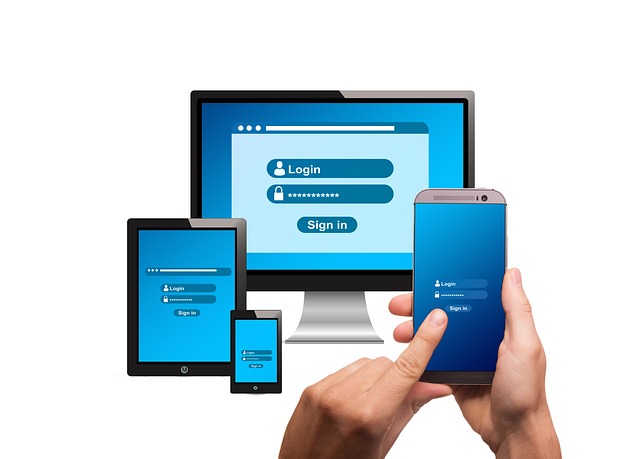Welcome to the Revolutionary World of User Experience Design
In today’s fast-paced digital era, user experience (UX) design has emerged as a crucial discipline that shapes how we interact with technology. UX designers are the architects of our online experiences, ensuring that websites, apps, and digital products are seamless, intuitive, and enjoyable to use.
A Historical Journey: The Evolution of UX Design
The roots of UX design can be traced back to human-computer interaction (HCI) in the 1980s. Early HCI researchers realized that user needs and preferences should drive the design of digital interfaces. Over the decades, UX design evolved into a distinct field, incorporating principles from psychology, cognitive science, and design.
Current Trends: The Latest Innovations in UX
Modern UX design is driven by cutting-edge technologies and emerging trends. Artificial intelligence (AI) and machine learning (ML) are revolutionizing the way we interact with digital products, enabling personalized experiences and proactive assistance. Responsive design ensures that websites and apps adapt seamlessly to different screen sizes, providing an optimal experience on any device.
Challenges and Solutions: Overcoming Barriers in UX
Despite the advancements, UX designers face numerous challenges, including:
- User diversity: Designing products for a wide range of users with varying needs, abilities, and preferences can be demanding.
- Data analysis: Gathering and interpreting user data to inform design decisions requires specialized skills and tools.
- Cross-functional collaboration: UX designers must work closely with engineers, product managers, and other stakeholders to ensure a cohesive experience.
Effective solutions to these challenges include:
- User research: Conducting thorough research through surveys, interviews, and usability testing to understand users’ needs and preferences.
- Data analytics: Utilizing data visualization tools and statistical analyses to identify patterns and inform design decisions.
- Agile development: Iterating on designs quickly and receiving regular feedback from users and stakeholders throughout the development process.
Case Studies: Real-World Examples of UX Success
- Spotify: The music streaming giant has revolutionized the way we listen to music with its intuitive interface, personalized recommendations, and seamless integration with social media.
- Airbnb: The vacation rental platform has become a household name thanks to its user-friendly booking process, detailed property descriptions, and secure payment system.
Best Practices: Tips for UX Professionals
- Emphasize user needs first: Prioritize user goals, preferences, and pain points in every design decision.
- Test early and often: Conduct usability testing to gather feedback and iterate on designs to improve user satisfaction.
- Use visual storytelling: Create engaging and visually appealing interfaces that guide users through their journey.
- Embrace accessibility: Ensure your products are accessible to users with disabilities by adhering to WCAG standards.
The Future of UX: What Lies Ahead
The future of UX design is bright, with emerging technologies and trends shaping the way we interact with digital products. Expect to see more AI-powered personalization, immersive experiences with augmented reality (AR) and virtual reality (VR), and a focus on ethical design that prioritizes user well-being.
Grand Rapids: A Hub for UX Innovation
Amidst the bustling technology landscape, Grand Rapids has emerged as a burgeoning center for UX design. Local companies such as Rockford Construction, Amway, and Start Garden have embraced UX principles, elevating their digital presence and improving user experiences. The Grand Rapids User Experience Professionals (GRUXP) organization fosters collaboration and professional development within the local UX community.
Summary: Embracing the Power of UX
User experience design is a rapidly evolving field that plays a pivotal role in shaping our interactions with technology. By understanding its historical roots, embracing current trends and best practices, and tackling challenges effectively, we can create digital experiences that are not only functional but also delightful. As the industry continues to grow, Grand Rapids stands poised to make significant contributions to the future of UX design.








